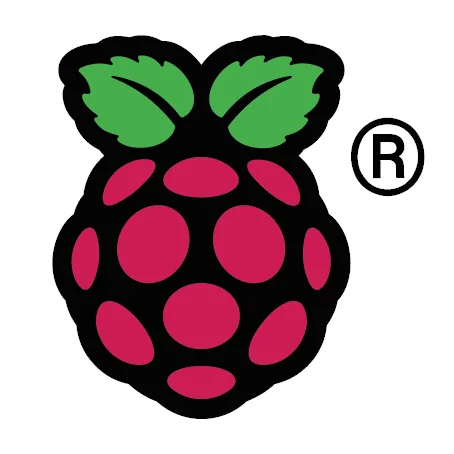This Is How Much Hotter The Raspberry Pi 3 Gets Than The Raspberry Pi 2

The result here is an extension of yesterday's Raspberry Pi 3 thermal SoC testing with adding the Raspberry Pi 2 results with monitoring its SoC temperature via the Phoronix Test Suite while running the same exact benchmarks in the same manner, etc. For those running PTS on your Pi, it's as easy to record as setting the MONITOR=sys.temp environment variable.
Putting the Raspberry Pi 2 at a slight disadvantage is that it was running within a case, but that didn't even matter for the profound difference compared to the ARM 64-bit Raspberry Pi 3:
The Raspberry Pi 3's average SoC temperature unader load was 61C with a peak of 82C. Meanwhile, the Raspberry Pi 2 had an average temperature of 48.9C and a peak of 59.C. The Raspberry Pi 3 under load was peaking at more than 20 degrees higher (C) than its predecessor. This was even with the Raspberry Pi 2 running within a case while the RPi3 was completely open air.
It was all the same testing, the line on the RPi2 is drawn out just because that testing took a lot longer than the Raspberry Pi 3. You can dig through all of these Raspberry Pi 2 vs. Raspberry Pi 3 thermal points via this OpenBenchmarking.org result file.
There's nothing stopping you from adding your own heatsink to the Raspberry Pi 3 if you will be routinely stressing the $35 ARM board. Our friends at CompuLab were even experimenting with a potential Pi heat-plate design.
10 Comments

